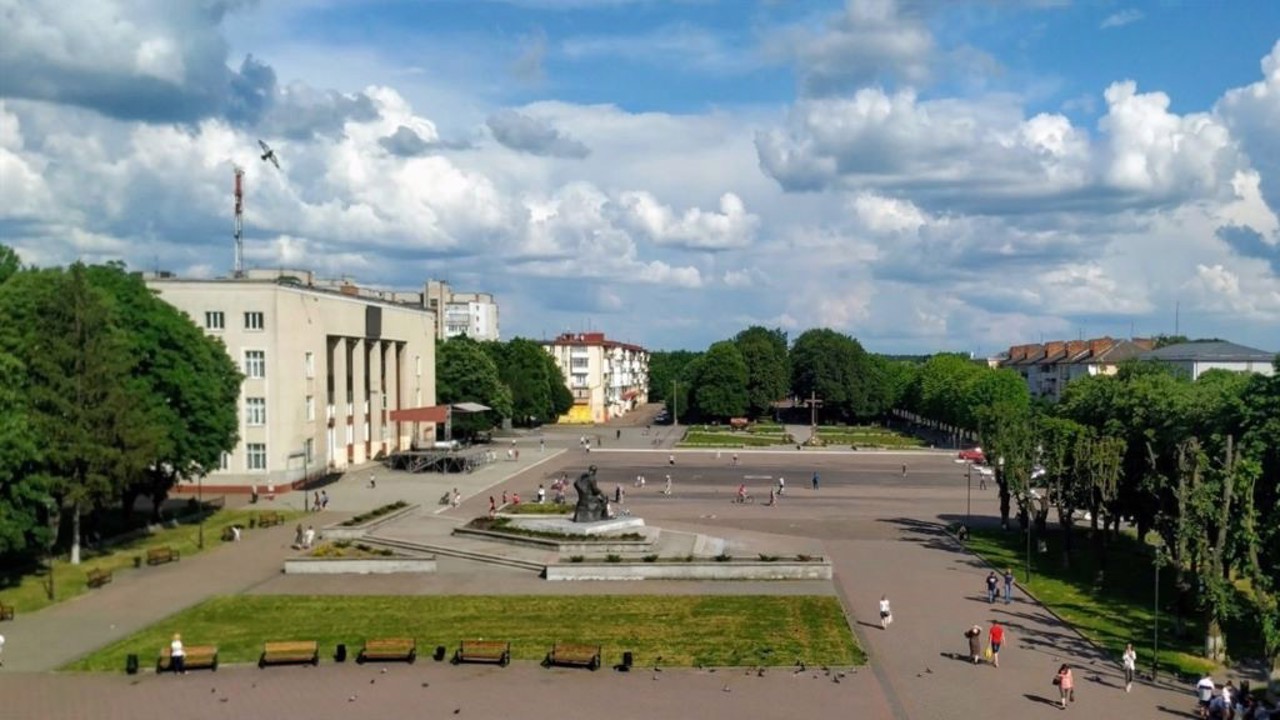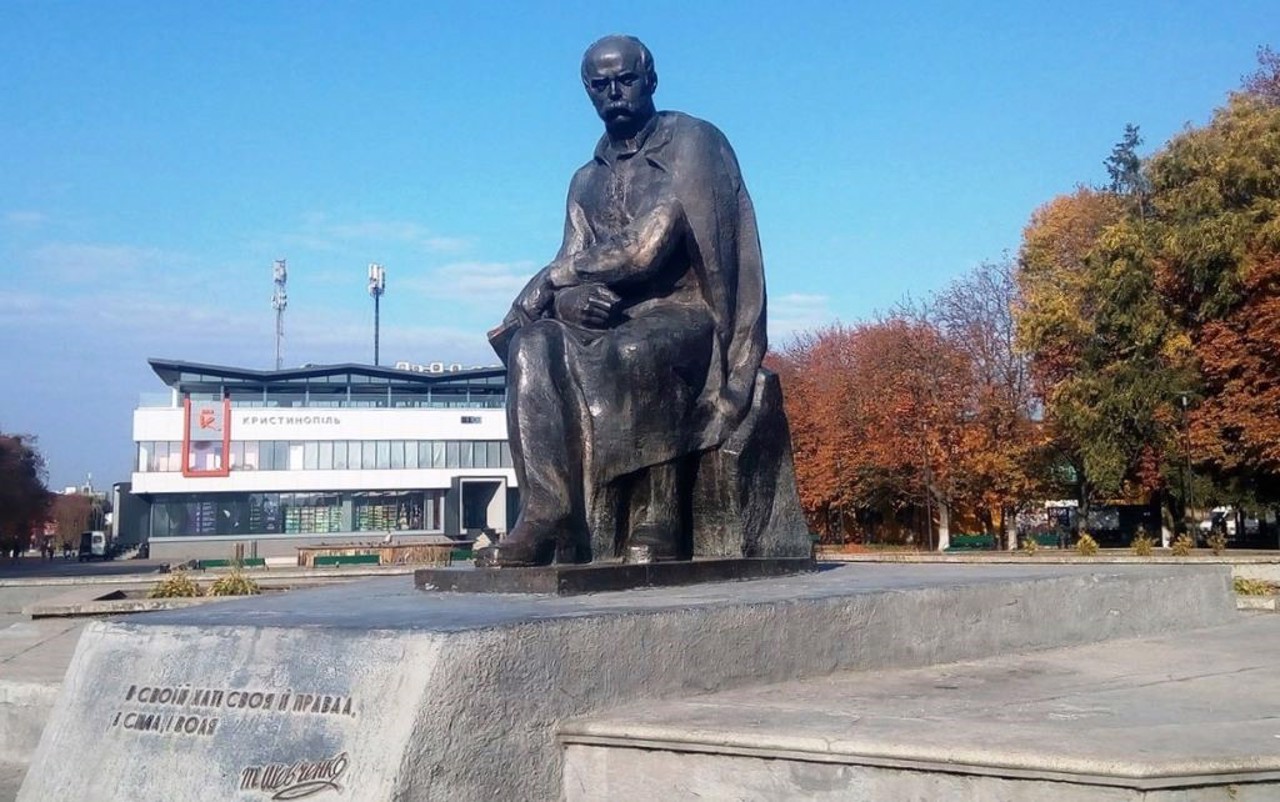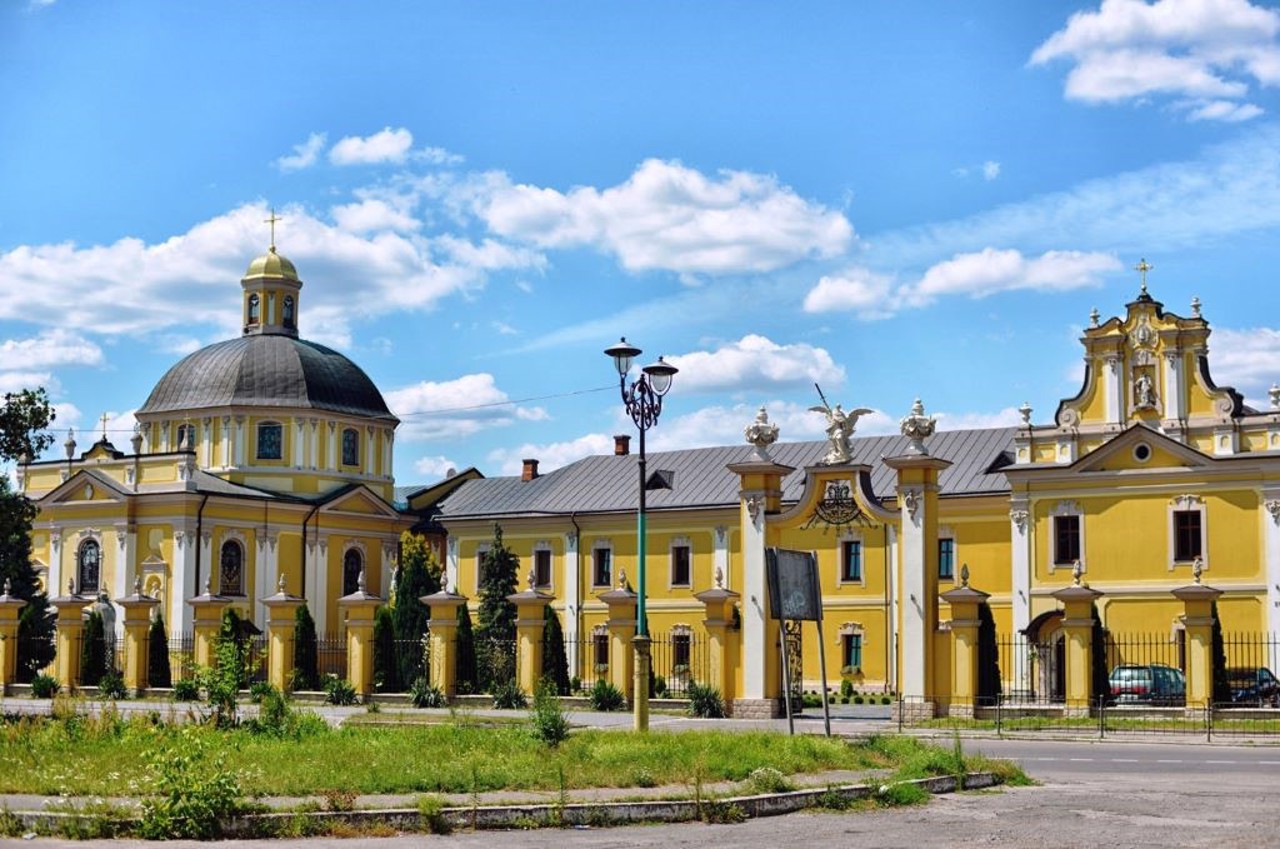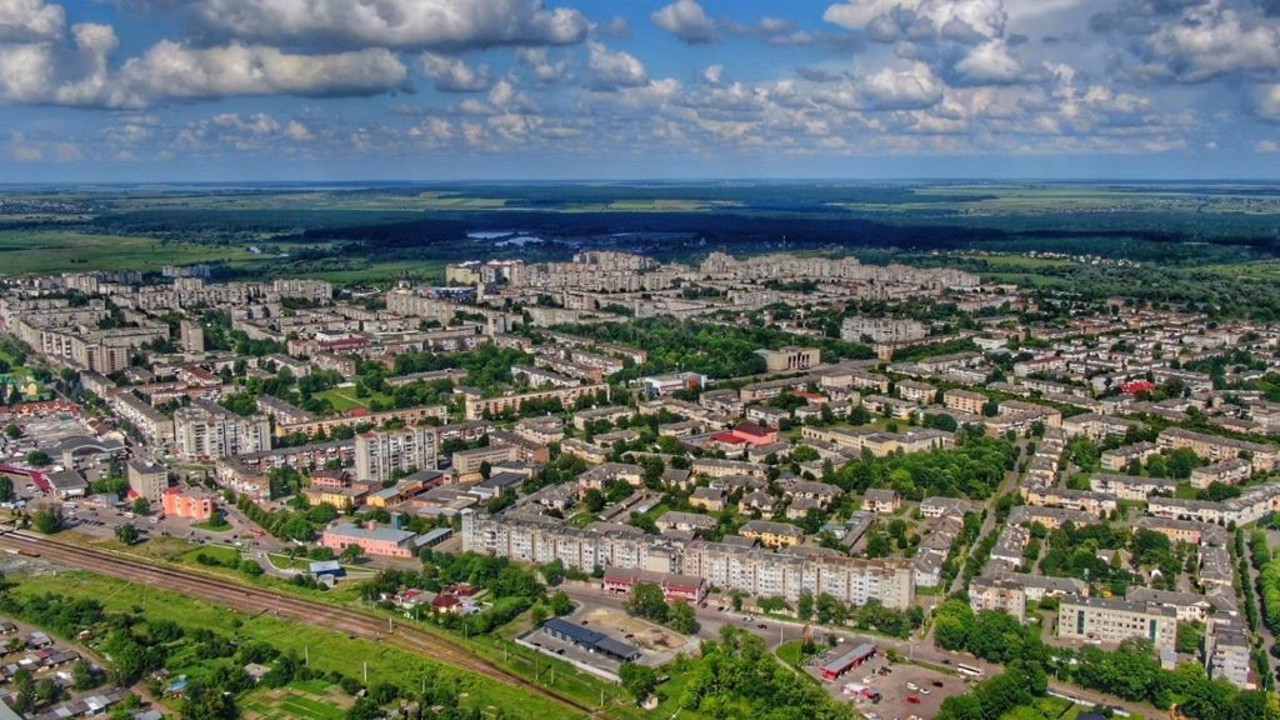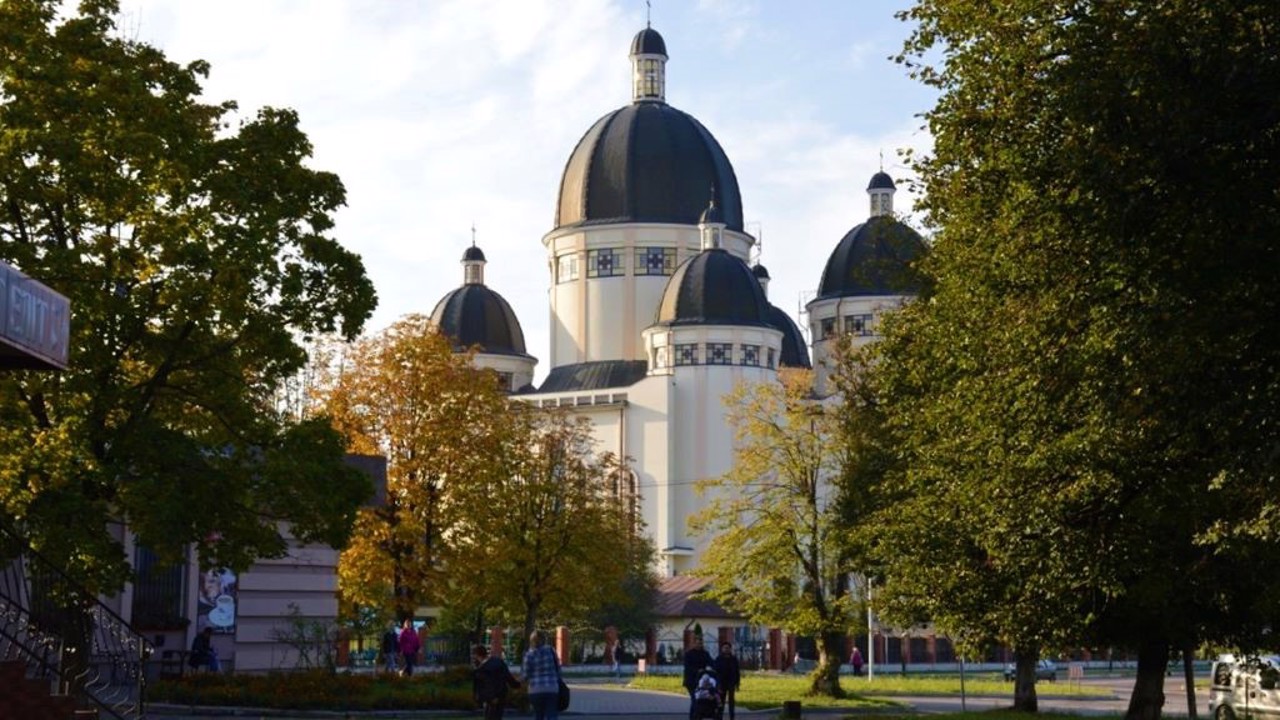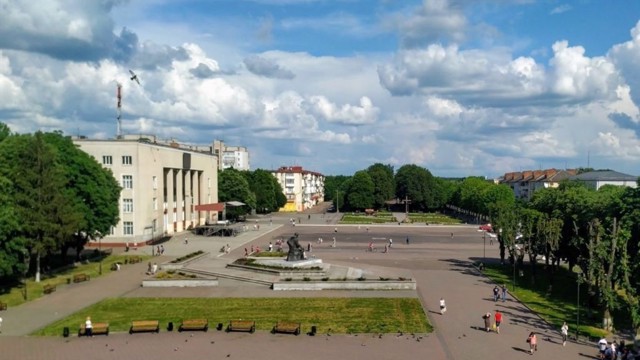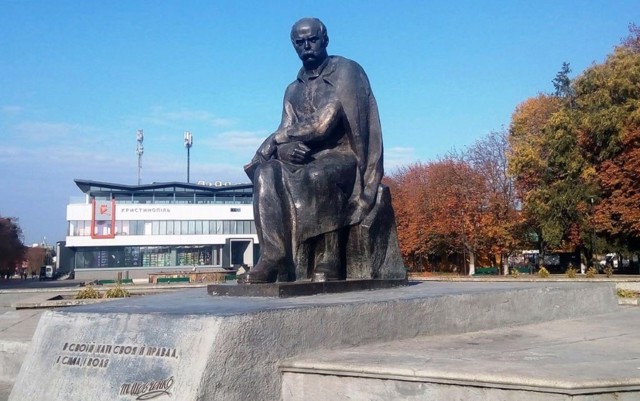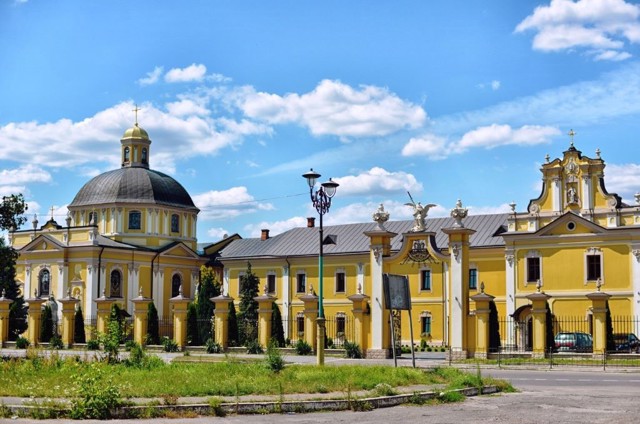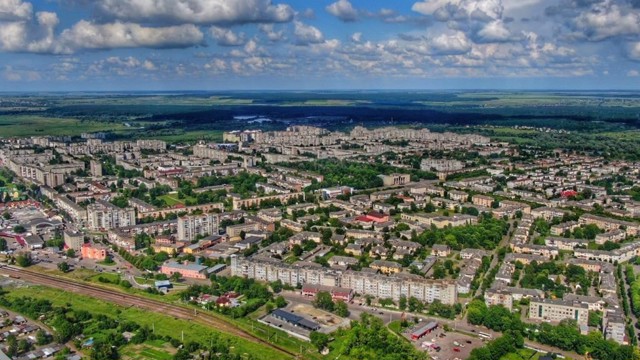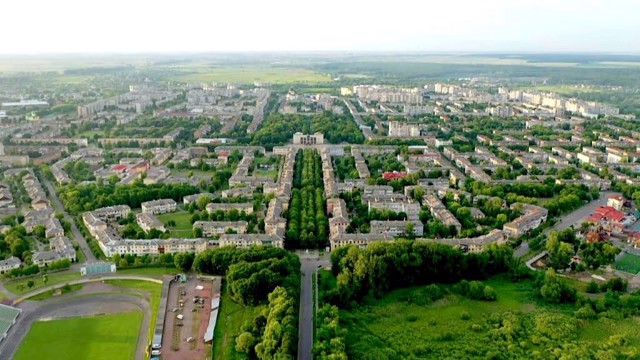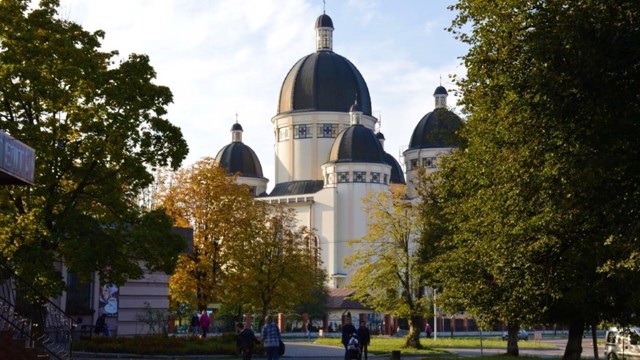Functional temporarily unavailable
Sheptytskyi
Travel guide online Sheptytskyi
General information about Sheptytskyi
The industrial city of Sheptytskyi is located in the north-west of the Lviv region, the center of coal mining.
Founded in 1692 by Krakow voivode Feliks Potocki, named Krystynopol in honor of his wife Khrystyna. In 1951, the city was renamed Chervonohrad by the Soviet authorities. In 2024, in accordance with the requirements of the law of Ukraine "On condemnation and prohibition of propaganda of Russian imperial policy in Ukraine and decolonization of toponymy", the city of Chervonohrad received a new name - Sheptytskyi.
The castle founded by Potocki in the 18th century was rebuilt into a luxurious palace in the style of classicism. Now the building is partially restored, it houses a museum.
N ...
The industrial city of Sheptytskyi is located in the north-west of the Lviv region, the center of coal mining.
Founded in 1692 by Krakow voivode Feliks Potocki, named Krystynopol in honor of his wife Khrystyna. In 1951, the city was renamed Chervonohrad by the Soviet authorities. In 2024, in accordance with the requirements of the law of Ukraine "On condemnation and prohibition of propaganda of Russian imperial policy in Ukraine and decolonization of toponymy", the city of Chervonohrad received a new name - Sheptytskyi.
The castle founded by Potocki in the 18th century was rebuilt into a luxurious palace in the style of classicism. Now the building is partially restored, it houses a museum.
Nearby is the Bernardine monastery with the Church of the Holy Spirit (now an Orthodox church), built at the expense of Feliks Potocki.
The Basilian monastery with the church of Saint George is also interesting.
Індустріальне місто Шептицький розташоване на північному заході Львівської області, центр видобутку вугілля.
Засноване в 1692 році краківським воєводою Феліксом Потоцьким, названий Кристинополем на честь його дружини Христини. В 1951 році місто було перейменоване радянською владою на Червоноград. В 2024 році відповідно до вимог закону України "Про засудження та заборону пропаганди російської імперської політики в Україні і деколонізацію топонімії" місто Червоноград отримало нову назву - Шептицький.
Закладений Потоцьким замок в XVIII столітті був перебудований в розкішний палац у стилі класицизму. Зараз будівля частково відреставрована, в ній розміщується музей.
Поруч розташований збудований к ...
Індустріальне місто Шептицький розташоване на північному заході Львівської області, центр видобутку вугілля.
Засноване в 1692 році краківським воєводою Феліксом Потоцьким, названий Кристинополем на честь його дружини Христини. В 1951 році місто було перейменоване радянською владою на Червоноград. В 2024 році відповідно до вимог закону України "Про засудження та заборону пропаганди російської імперської політики в Україні і деколонізацію топонімії" місто Червоноград отримало нову назву - Шептицький.
Закладений Потоцьким замок в XVIII столітті був перебудований в розкішний палац у стилі класицизму. Зараз будівля частково відреставрована, в ній розміщується музей.
Поруч розташований збудований коштом Фелікса Потоцького бернардинський монастир з костелом Святого Духа (зараз православна церква).
Також цікавий василіанський монастир із церквою Святого Юра.
Сплануй своє перебування у Sheptytskyi
What to see and where to go in Sheptytskyi
Tourist attractions and museums of Sheptytskyi
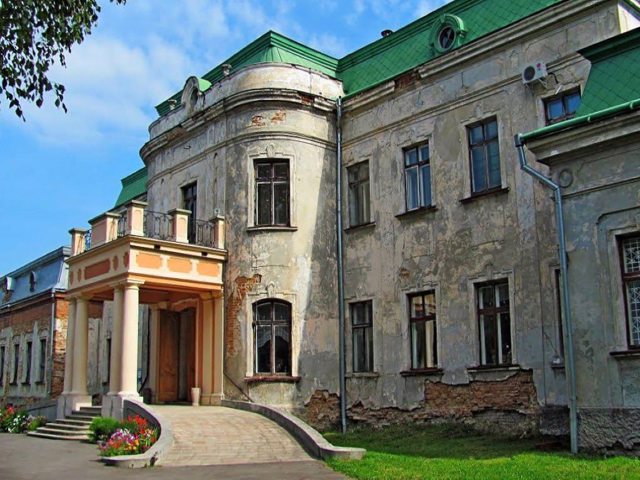
Potocki Palace (Religion History Museum)
Palace / manor , Architecture , Museum / gallery
The Sheptytskyi branch of the Lviv Museum of the History of Religion is located in the Potocki Palace, which is an architectural monument of local significance.
Krystynopil Castle (the former name of the city is Sheptytskyi) was built in the 18th century by French architect Pyer Riko de Tirredhelli for members of the powerful Polish landowner Potocki family. In its architecture, the building combines two styles: Baroque and Early Classicism.
The Potocki Palace had about 40 rooms, several salons, a large ballroom, a Chinese study and a library. The architectural complex also included kitchen buildings, breweries, distilleries, barracks, stables and other utility rooms. The current appearance of the palace has changed significantly due to numerous fires and alterations.
The Museum of Religion has been located there since 1990. The main exposition tells about the history of Krystynopil (Sheptytskyi) in the XVII-XIX centuries and its founders.
In the basement of the Potocki Palace, samples of bricks used during the construction of the complex are exhibited.
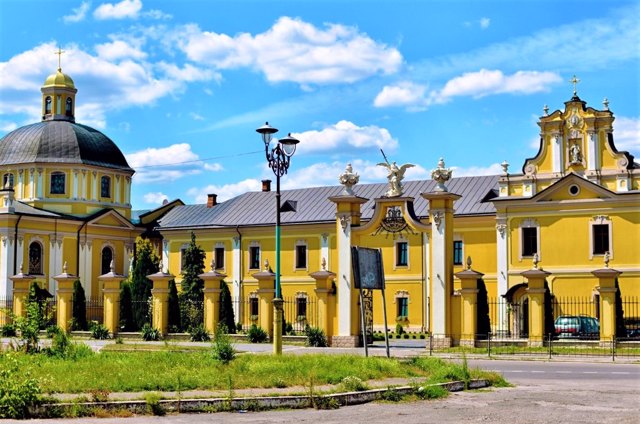
Saint George's Monastery
Temple , Architecture
The monastery and the church of Saint George were founded in Sheptytskyi by the Belz voivode Frantsishek Saleziy Potocki in 1763 for the Greek-Catholic order of the Basilians.
In 1771-1776, a stone church and cells were built on the site of the wooden buildings according to the project of the architect Yohan Kasper Zelner. The architecture combines features of late baroque and classicism.
The monastery was liquidated in 1946 by the Polish authorities. In 1980, a branch of the Lviv Museum of the History of Religion and Atheism was opened in the church building, and an art gallery was opened in the cells. In 1989, the museum was moved to the Potocki Palace, and the temple complex was handed over to the Greek Catholic community.

Saint Prince Volodymyr Cathedral
Temple , Architecture
The Cathedral of the Holy Equal-to-the-Apostles Prince Volodymyr was built in Sheptytskyi at the beginning of the 18th century in the Baroque style as the Catholic Church of the Sending of the Holy Spirit in the Bernardine monastery complex.
It is the oldest building in the city, the most visible building in Sheptytskyi.
It was founded in 1692 together with the monastery of the Roman Catholic order of Bernardines. After a fire that destroyed the wooden structures, the complex was rebuilt in stone in 1760 at the expense of Yuzef-Felitsian Potocki. The interiors were painted by Dzhuzeppe Baltsani and Stanislav Stroinsky.
In 1951, the temple was closed by the Soviet authorities. In 1988, the building was handed over to the Orthodox community, rebuilt as an Orthodox church and rededicated as the Orthodox Church of the Holy Equal-to-the-Apostles Prince Volodymyr.
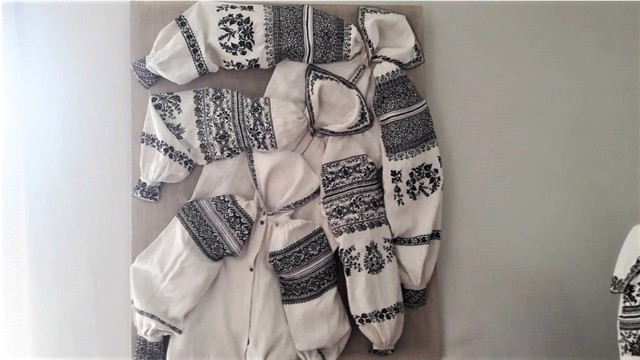
Sokalshchyna Art Museum
Museum / gallery
The Sokalshchyna Museum was opened in 1981 to mark the 30th anniversary of Sheptytskyi's accession to Ukraine.
About 1000 exhibits: a unique collection of works of folk art, household items, antique furniture. The specificity of the museum's exposition is that it presents the folk art of Sokalshchyna region, very original and original, which testifies to the sophistication and talent of Sokalshchyna residents.
The exposition includes "Dobryachyn" black-and-white embroidered shirts, bouquets of spring flowers on "Zavyshenski" shirts. Sokalshchyna is famous for its masters of embroidery: black embroidery is a rarity of the museum, each shirt is an exclusive product, and no ornament is repeated. Samples of wedding costumes impress with their sophistication - in one shirt the master used 6-7 different techniques.
The pride of the museum is an exhibition of unique samples of black ceramics and unique Easter eggs by Taras Horodetsky. Also interesting is the interior of Sokalshchyna okal housing in the late XIX - early XX centuries.
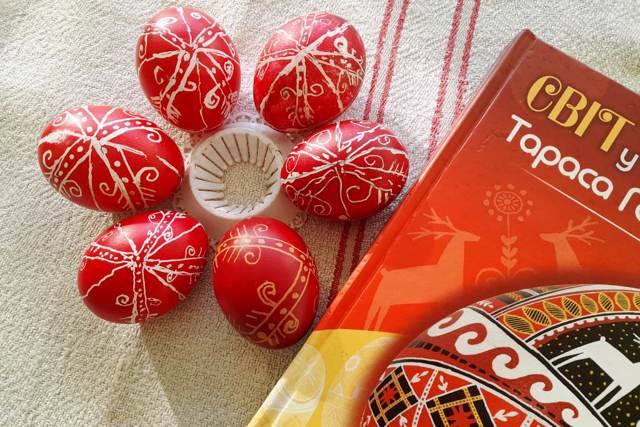
Taras Horodetsky Museum
Museum / gallery
The city museum "Svitlytsya-Museum of Taras Horodetsky" was created in Sheptytskyi in 2014 for the 50th anniversary of the master's birthday on the initiative of the artist's follower, master-pysankar Yuliya Burko and with the support of the Independent Women's Society "Prozerok".
The Svitlytsya is located in the very center of Sheptytskyi, in the premises of the People's House of the city.
The museum's exposition is dedicated to the outstanding pysankar Taras Horodetsky, who was born in Sheptytskyi in 1964, and his creative achievements. Taras Horodetsky became interested in pysankar in the late 1980s and within 10 years became one of the most authoritative master-pysankars in the world. Today, his works are kept in private collections in many countries. When creating his miniature artistic masterpieces, Taras Horodetsky harmoniously combined ancient folk symbols, Trypillya symbolism, Sokal and Kosmach motifs.
The museum houses a rich collection of expertly painted eggs, reflecting the diversity of local craftsmen's skills. Every year, the museum hosts the All-Ukrainian Festival of Easter Egg Painting named after Taras Horodetsky.
Reviews Sheptytskyi
Geographical information about Sheptytskyi
| {{itemKey}} | {{itemValue}} |
|---|---|
| Region |
Lviv |
